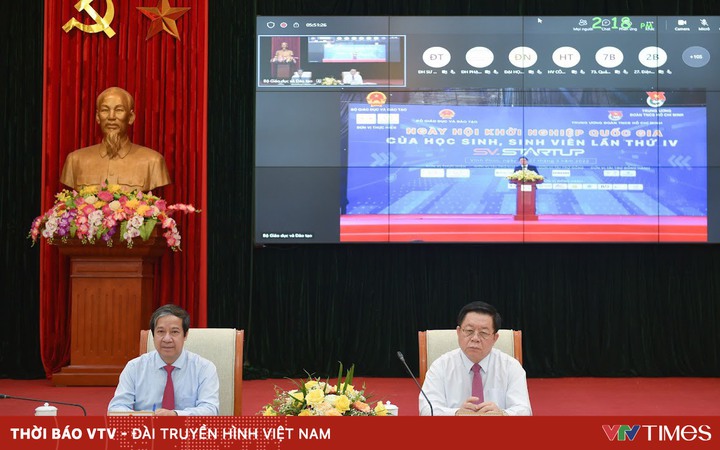‘When’ and ‘While’ when combining the past simple – past continuous
A clause containing “When”, “While” can come before or after another clause. If it comes first, the sentence must have a comma at the end of the clause.
A. When (When): At the beginning of an adverb clause of time, in either the past simple or the past continuous, is used to describe another action that happened in a short time.
1. Use “when” in front of a clause of the past continuous: An action in progress (was/were V-ing) is interrupted by another action (Vp1)
Example: She turned off the lights when we were playing chess (She turned off the lights while we were playing chess).
Or: When we were playing chess, she turned off the lights (When we were playing chess, she turned off the lights).
Explain: The action of playing chess is going on (were playing chess – conjugation in the past continuous) when the act of turning off the lights occurs interrupted (turned off the lights – conjugation in the simple past).
– They left the party when their friends were singing and dancing happily (They left the party while their friends were still singing and dancing happily).
Or: When their friends were singing and dancing happily, they left the party (When friends were still singing and dancing happily, they left the party).
Explain: The act of singing and dancing was going on (were singing and dancing – past continuous tense) when the act of leaving happened interrupted (left the party – conjugation in the past simple).
2. Use “when” in front of a clause of the past simple: The action happened in the middle (Vp1) while another action was in progress (was/ were V-ing).
Example: Yesterday noon, the children weren’t sleeping when their mother came (Yesterday afternoon, the children were not sleeping when their mother came back).
Or: Yesterday noon, when their mother came, the children weren’t sleeping (Yesterday afternoon, when their mother returned, the children were not sleeping).
B. While (while): At the beginning of an adverbial clause of time there is a verb conjugated in the past continuous.
1. “While” is used before the clause of the past continuous when these two actions happened at the same time.
Example: While all students were listening to the teacher attentively, A was playing video games (While all the students are listening attentively to the teacher’s lecture, A is playing video games).
Or: A was playing video games while all students were listening to the teacher attentively (A is playing video games while all the students are listening attentively to the teacher’s lecture).
Explain: The action of listening to the teacher is taking place (were listening to the teacher attentively- conjugation in the past continuous), the action of playing video games is also happening (was playing games – conjugation in the past continuous). ) because these two actions happen at the same time.
2. “While” is in front of a clause of the past continuous when another action interrupts.
Example: While I was doing my homework, my mother called me (While I was doing my homework, my mother called me).
Or: My mother called me, while I was doing my homework (My mother called me while I was doing my homework).
Explanation: The action of doing homework is going on (was doing homework – conjugation in the past continuous) when the calling action takes place (called – conjugation in the past simple.)
– While she was talking on the phone, her daughter went out without saying a word (While she was talking on the phone, her daughter went out without saying anything).
Or: Her daughter went out without saying a word while she was talking on the phone (Her daughter went out without saying anything while she was talking on the phone).
Explain: The action of talking on the phone is going on (was talking on the phone – conjugation in the past continuous) then the action of going out occurs interrupted (went out- conjugation in the simple past.)
Practical exercise:
Dinh Thi Thai Ha
at Blogtuan.info – Source: vnexpress.net – Read the original article here



